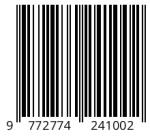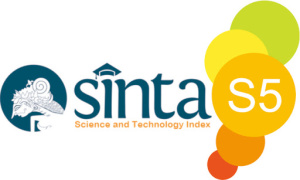COMPILING BEST PRACTICE STORIES USING THE STAR METHOD (SITUATIONS, CHALLENGES, ACTIONS, REFLECTIONS ON RESULTS AND IMPACTS) RELATED TO INCREASING STUDENT MOTIVATION AND ABILITY TO UNDERSTAND SOCIAL STUDIES LEARNING
DOI:
https://doi.org/10.59672/arthas.v5i1.3629Keywords:
Model pembelajaran Problem Based Learning, Berpikir Kritis, Motivasi BelajarAbstract
Learning is a learning process built by teachers to develop abilities and make students more active. Good learning practices are organized Using the STAR Method (Situation,Challenge, Reflection,Action and impact), in learning practice using in the PBL (Problem Based Learning) learning model can make students active and develop students thinking abilities. This practice is important to share because the PBL learning method is closely related to the real world so it is easier to understand. The parties inloved idn learnign practices using the PBL method are teachers, class VII student and colleagues. In this learning practice using learning media in the from of power points and LKPD. The results of learning practice show that the PBL method is very effective in increasing students learning motivation and understanding in social studies learningDownloads
Download data is not yet available.
Downloads
Published
2024-03-31
How to Cite
Ni Luh Putu Lisna. (2024). COMPILING BEST PRACTICE STORIES USING THE STAR METHOD (SITUATIONS, CHALLENGES, ACTIONS, REFLECTIONS ON RESULTS AND IMPACTS) RELATED TO INCREASING STUDENT MOTIVATION AND ABILITY TO UNDERSTAND SOCIAL STUDIES LEARNING. Arthaniti Studies, 5(1), 7–12. https://doi.org/10.59672/arthas.v5i1.3629
Issue
Section
Articles


















